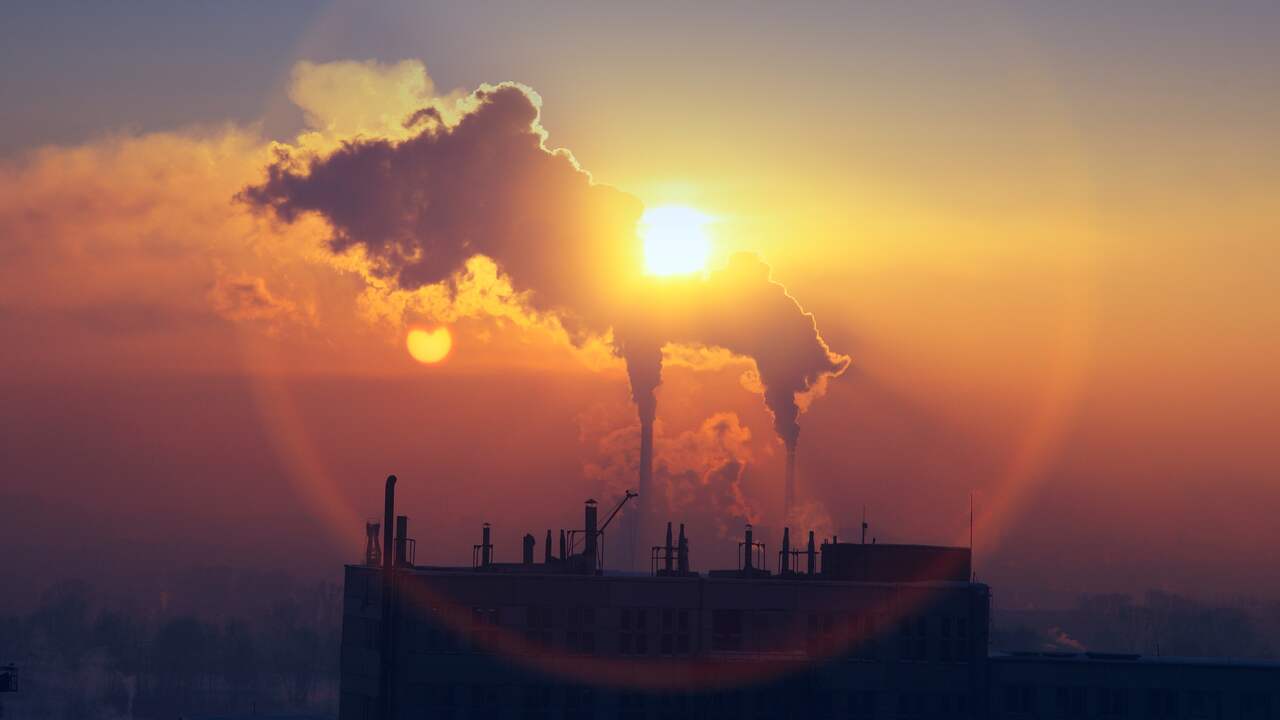The hole in the ozone layer over Antarctica is one of the largest and deepest in recent years, according to satellite images. Each year, the hole starts to grow in August, at the beginning of the Antarctic spring, and is at its greatest in October.
Researchers monitor the hole daily via satellites. Last year it was unusually small due to special meteorological conditions. But this year the ozone hole at the beginning of October is even bigger than in previous years.
It is partly a seasonal phenomenon associated with the end of winter in the southern hemisphere. Ozone decomposition needs two things: sunlight and very low temperatures. Those conditions coincide at the end of winter, when after the long polar night the sun reappears, but the temperatures are still very low.
Ozone forms a protective blanket in the stratosphere, about 10 to 50 kilometers above the ground. That blanket protects the earth from ultraviolet radiation from the sun. The ozone layer is damaged by the emission of CFCs, chemicals such as chlorine and bromine.
Global warming can also (paradoxically) amplify ozone depletion
Due to international cooperation, emissions of CFCs have fallen sharply since the 1990s. However, these gases remain in the atmosphere for a very long time, so that the concentration decreases only slowly and recovery of the ozone layer takes many decades.
Global warming can also be a factor, according to climate researchers. Greenhouse gases such as CO2 and methane accumulate in the lower part of the atmosphere, which gradually warms up as a result.
The ozone layer is located above this warming air layer, where heat from the earth is less able to penetrate – and which is therefore cooling down. That also promotes ozone depletion.
– .


